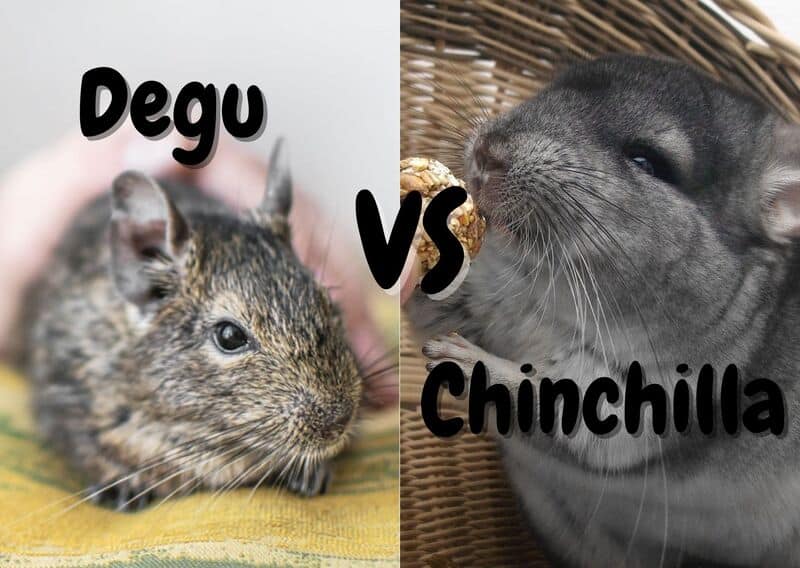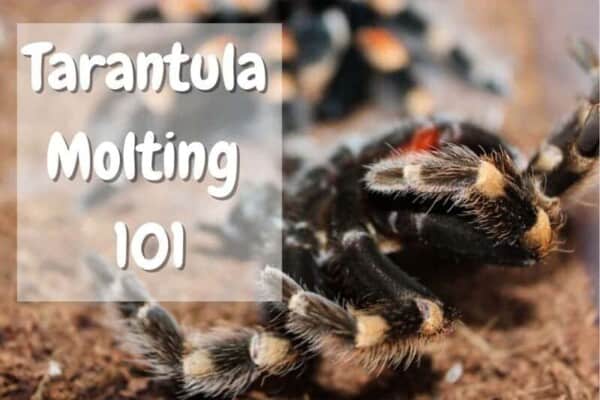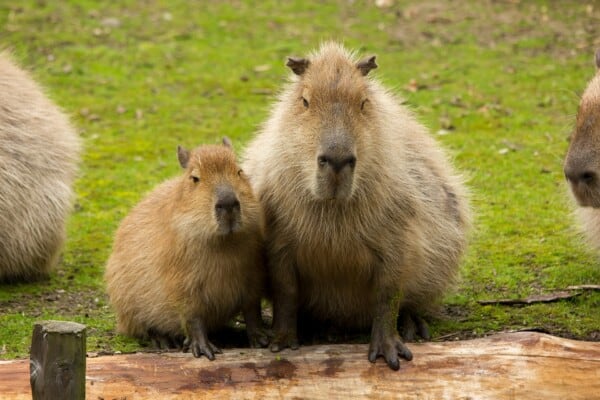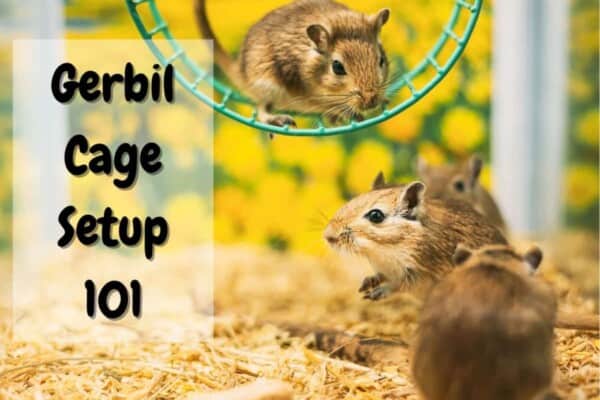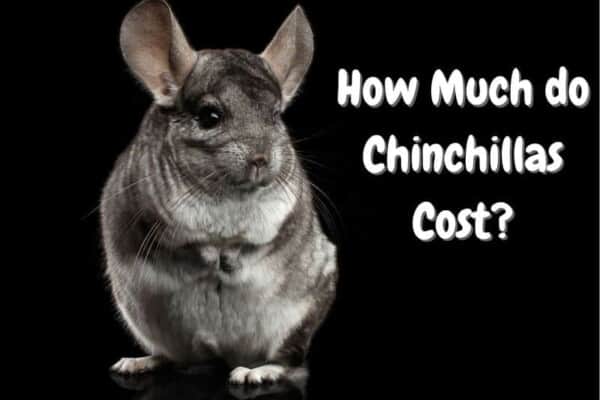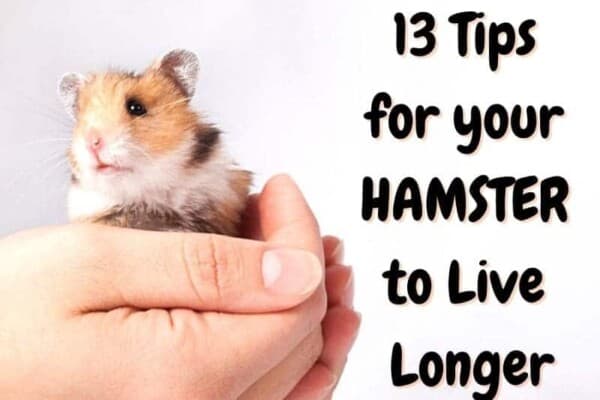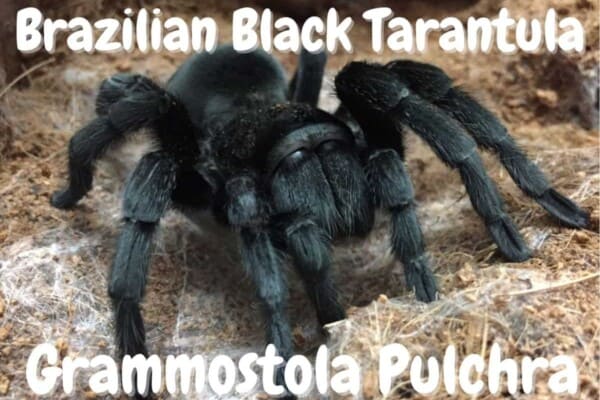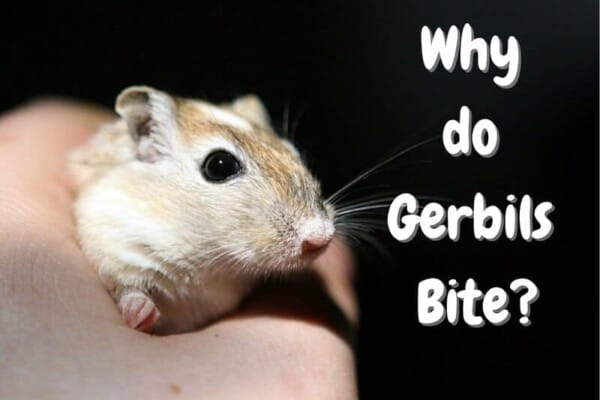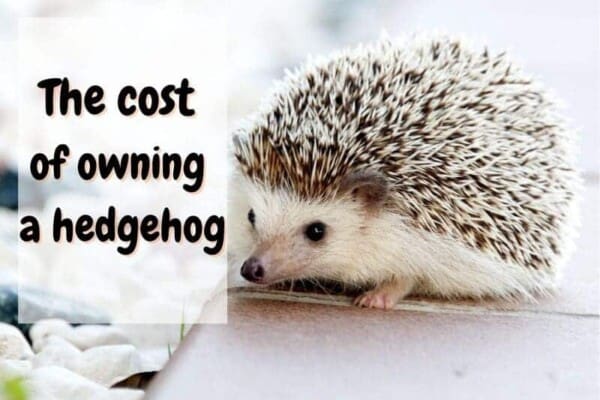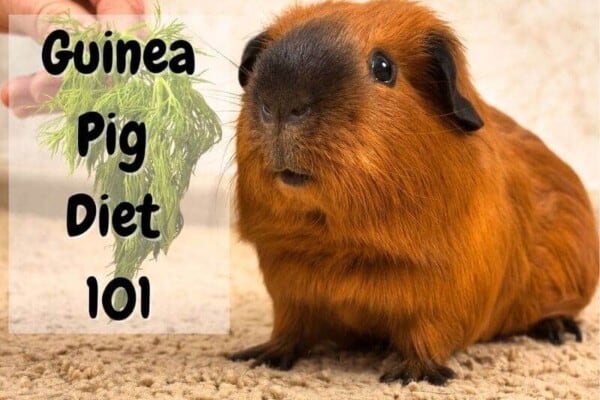Choosing between a chinchilla to adopt as your next pet can be quite a challenge, especially since these two critters have a lot in common.
In this guide, we will discuss the main differences in lifespan, size, diet, character, price, health, and sleeping habits. By the end of the article, you will know which one you will want to bring home as a new family member.
| CHARACTERISTIC | CHINCHILLA | DEGU |
|---|---|---|
| LIFESPAN | 10 to 20 years | 6 to 9 years |
| SIZE | 9″-15″ | 10″-12″ |
| CAGE SIZE | 36″x24″x24″ | 24″x24″x18″ |
| DIET | medium-hard | easy-medium |
| CHARACTER | Friendly | Less friendly |
| PRICE | $80-$400 | $20-$150 |
| HEALTH | Fragile | More robust |
| SLEEP | Active at night | Active also during the day |
1. Lifespan: Chinchillas Live Longer
- In general, a degu can live 6 to 8 years in captivity but within a community, they can last upwards of 9 years or so. In the wild, degus might last 1 to 4 years because of the predators that will be hunting them. They don’t experience this in a caged habitat, so they will live into old age.
- As for chinchillas, they can live from 10 to 20 years if the conditions are right. They will live 8 to 10 years in the wild if they are avoiding natural predators.
Takeaway Point: As far as lifespan, the chinchilla is a longer-lasting pet, but this doesn’t mean that a chinchilla will make a better pet overall. There are big differences in certain aspects such as size and personality that do make a major difference.
2. Size: degus are smaller and require less space
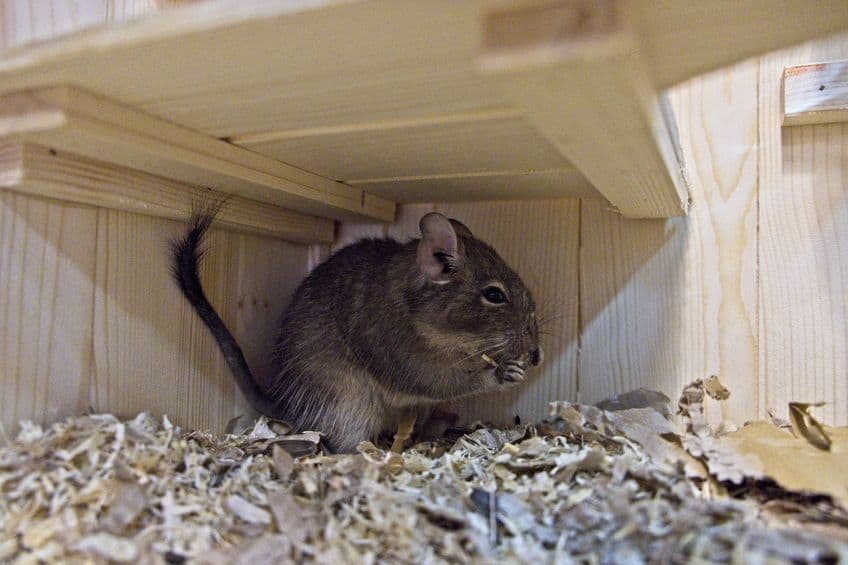
- The average degu will grow to an adult length of 25-30 centimeters long from head to tail. This is usually 10 to 12 inches in length and is comparable to a small hamster for body size. By the time you buy a degu at 7-8 weeks old, they have already reached maturity but will take years to reach their adult size.
- The size of a chinchilla when they reach their full adult length is 9 to 15 inches (23-38cm.). When they are born, they are just the size of a golf ball, yet by the time you buy one, they grow to one-third of their adult size at just 8 weeks. They are essentially the size of a small housecat.
Cage size and setup
- For a good degu cage setup, you need to have no less than two in a caged habitat that measures at least 24 inches tall, 24 inches long, and 18 inches wide. This will be the absolute minimum you want to go so larger cages are needed if you add more degus. Most habitats should allow for three separate levels with ramps leading up to each level.
- Proper chinchilla cage setup starts with a cage of the right size. You will need a larger cage that is 36 inches tall, 24 inches wide, and 24 inches long. You do need to expand their cage setup as they grow since two chinchillas in a small cage will become unhappy. Chinchillas will grow large simply because they can bulk out and gain weight over a length of time. Unless you are paring couples for breeding, your will need to have a spare cage to prevent fighting that may happen.
Takeaway Point: A chinchilla is a larger pet that can grow much bigger than a degu. This may be a turnoff for those who like the idea of pocket pets. A full-grown chinchilla is nowhere near pocket pet size, and this is why degus take up less space.
3. Diet: Chinchillas Are Slightly Fussier
- Degus have a very simple diet that consists of pellets and grass hay that gives them the nutrition they need. They also readily accept vegetables of all sorts but no fruits at all since they cannot metabolize these types of foods. Since they are rodents they will love chewing on things all day including lots of wood sticks, cardboard, and plenty of hay.
- Chinchillas are very similar for having the same kind of diet with one exception. Chinchillas like eating fresh herbs and flowers more often, some fruits, dried fruits, select nuts, and obviously lots of hay and chinchilla pellets. The variety of food you can give to chinchillas gives more variety for chin owners.
Takeaway Point: A degu is a rodent that needs very simple basic foods that are not too exotic. This makes owning a chinchilla a bit more expensive since they need more options to help balance their diet. It might be considered cheaper to own a degu depending on your monthly budget for food.
Also, chinchillas eat more as they grow older and so if you want a pet that doesn’t eat so much, the degu is optimal for saving more money over the years.
4. Temperament: Chinchillas Tend To Be Friendlier
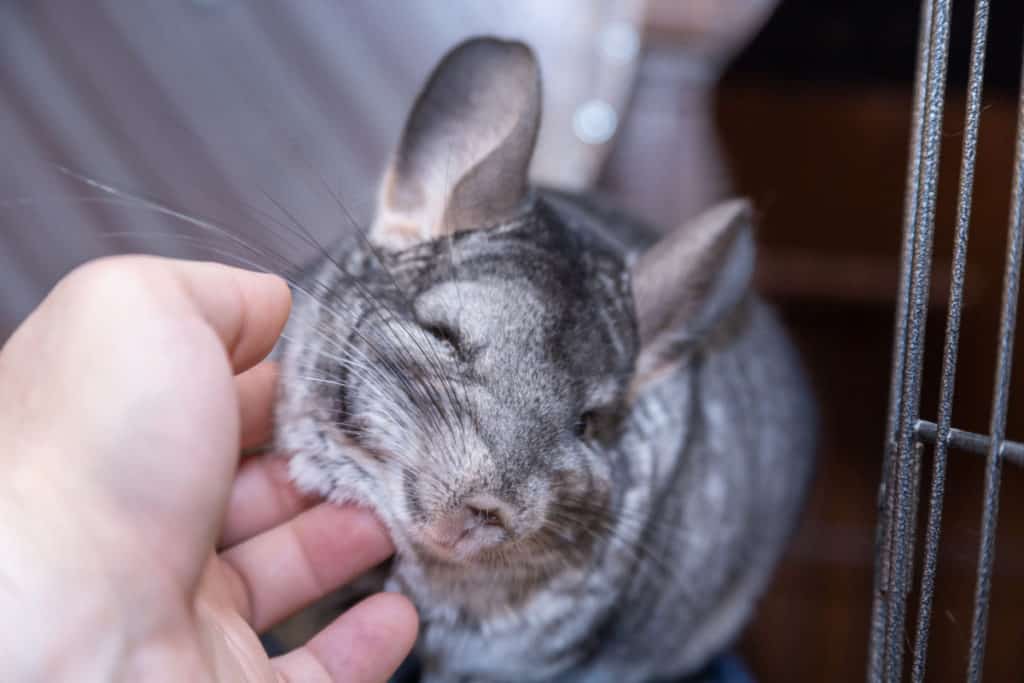
There will always be distinctions between a degu and a chinchilla’s personality. They can both be downright skittish at times and alert to all sorts of noises they hear. It is simply their nature to be worried about what they perceive as possible predators, so this cannot be taken out of their hard-wired behavior.
Friendliness with their owner
- You need to earn your degu’s trust on their terms since they need to know you are not a threat based on scent and scheduled repetition. After that, they will expect you keep these visits every day and will also want their treat. They can be nervous about everything else so the introduction will take lots of time and patience.
- Chinchillas are more laid-back and will be easier to bond with over time. When you finally bond with them, they will show how happy they are when you enter their room. In many ways, a chinchilla will enjoy and desire your attention and handling.
Read also: Chinchilla behavior – What is your chinchilla expressing?
Are chinchillas and degus good family pets?
If you like degus or chinchillas as family pets, they will need to be handled by all your family members. Both of these animals recognize their owners by scent, so you have to keep your hands washed at all times. Otherwise, this may confuse them and you could get nipped by accident.
Friendliness with other pets
Degus or chinchillas will dislike family pets such as cats or dogs. These are seen as predators and they will screech in terror at their presence. Even if they are inside a roaming ball or their cage they will either freeze or flee if other family pets show up in the room where they are kept.
Chinchilla VS Degu: which one is easier to tame?
- Degus are going to take at least a month to tame on average since they need lots of time to get to know you and gain their trust. Just hand-feeding them will take patience, but once you have done enough to gain their trust, they will be very tame after that. Degus seem to have a better sense of being tamed and will be clever at learning all sorts of tricks. If you give them a treat every single time, they will be more dedicated to this repeated behavior.
- Chinchillas are jumpy at first but will be a lot easier to tame within a month or less. They will be very devoted but have a habit of forgetting quickly if you don’t handle them often. Chinchillas are more affectionate due to repeated handling and don’t expect treats every time, which makes them ideal for long-term bonding pets. Since chinchillas are fluffier due to their coat, they also make great pets to touch.
Takeaway Point: Both chinchillas and degus are dedicated to their owners but it seems that degus are harder to break in right from the start. Chinchilla will be a bit more easy-going at times but the same techniques of letting them get to know you are the same. It will just take longer with degus.
5. Price To Buy and Maintain: Degus Are Cheaper To Own
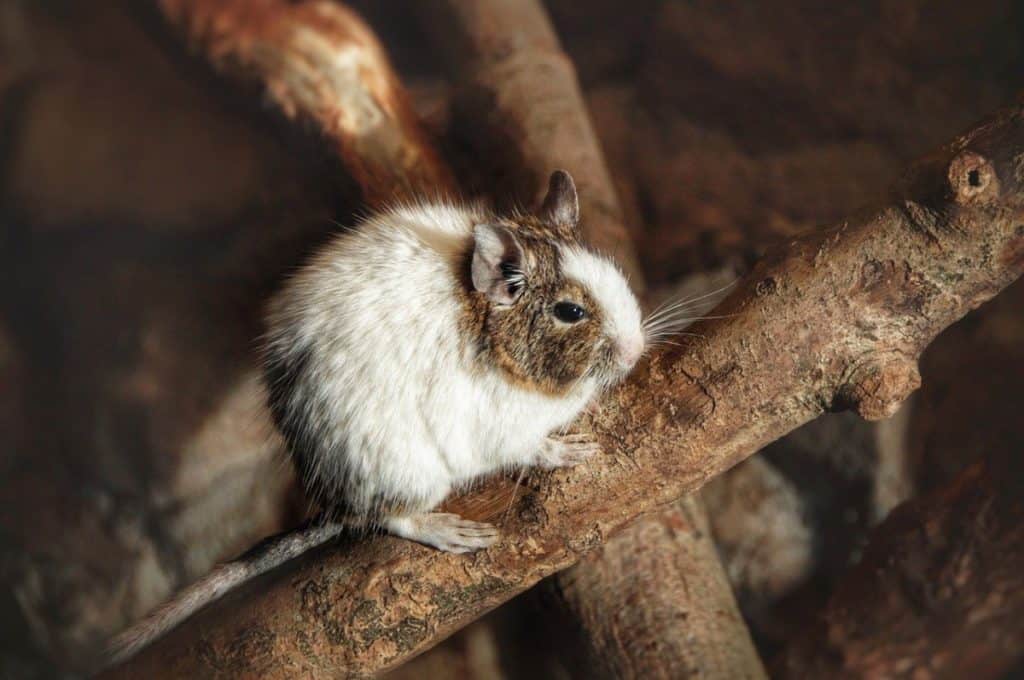
- Degus are much cheaper to buy and also to maintain than chinchillas by a longshot. A degu costs $20-$100 USD to buy and an average cost of 5 dollars per month to maintain. The setup cost is about $250 USD for all their supplies and their cage.
- You can buy a chinchilla for anything between $80-$400 USD and the cage start-up cost will be nearly $300 USD to get everything you need. A chinchilla will also cost about 10 dollars a month to feed. This makes chinchillas more expensive in the long run. But if you manage your budget just the right way and look for sale items for a chinchilla, these costs can go down, and if you eat a lot of the same vegetables and snacks they like, you might shave off certain supplement costs.
Takeaway Point: Degus are cheaper than chinchillas overall and require a little bit more maintenance so degus have the upper hand when it comes to price.
6. Health: Chinchillas Need a Bit More Care
- When it comes to chinchilla care, one of the most common problems is bumblefoot which can happen in habitats that are not kept clean. They can also have problems with shedding and fur slippage if they get overly nervous. If you have to take them to the vet, it can be quite expensive if there is an emergency.
- Degus are less prone to having health problems than chinchillas since they are more rodent-like. This doesn’t mean they don’t have problems such as cataracts or digestion problems if they chew on plastic or fleece. They will be nervous if their cage is too small and that will also show in several ways including chewing on their cage.
Both will be expensive if there is a health problem when it comes to emergency vet visits. This will cost upwards of $200 for anything that might happen to require emergency services.
7. Sleep Patterns: Chinchillas Sleep Quite a Bit More
- As lazy as it might sound chinchillas are sleeping for longer periods than degus. The average chin likes to sleep 11 hours up to 14 hours. They are notorious for sleeping all day long and will be grumpy if you wake them up.
- Degus are a bit different since they only need around 9 hours that are spaced throughout the day and night. Degus are also awake at times of the day and make a good pocket pet to carry around. Chinchillas have a set schedule that starts with waking up at dusk at best.
Takeaway Point: If you want a pet that is more active in the day, a degu is a good choice. They are lazy enough during daytime hours but will be more active after dusk has arrived. You simply can’t do this with chinchillas since they have a built-in clock for being asleep all day long.
8. Are Chinchillas and Degus ‘High Maintenance’ Pets?
Both degus and chinchillas like grooming as part of their daily activities. They will groom each other and also require dust or sand baths. Chinchillas need special ash dust that is better suited for their fur. This means that a chinchilla is pricier due to this requirement. You can get lucky and search for a pottery supply store that sells volcanic ash. This will be a lot cheaper than what the pet outlets sell this product for.
Degus use a type of sand that is easier to find and is a bit more coarse than exotic volcanic ash. Depending on the visits to the vet for trimming their nails or fixing overgrown teeth, both will cost about the same for annual visits. This can range from 30-60 dollars per visit to keep their claws or teeth from getting out of control.
Contents
- 1. Lifespan: Chinchillas Live Longer
- 2. Size: degus are smaller and require less space
- 3. Diet: Chinchillas Are Slightly Fussier
- 4. Temperament: Chinchillas Tend To Be Friendlier
- 5. Price To Buy and Maintain: Degus Are Cheaper To Own
- 6. Health: Chinchillas Need a Bit More Care
- 7. Sleep Patterns: Chinchillas Sleep Quite a Bit More
- 8. Are Chinchillas and Degus ‘High Maintenance’ Pets?

